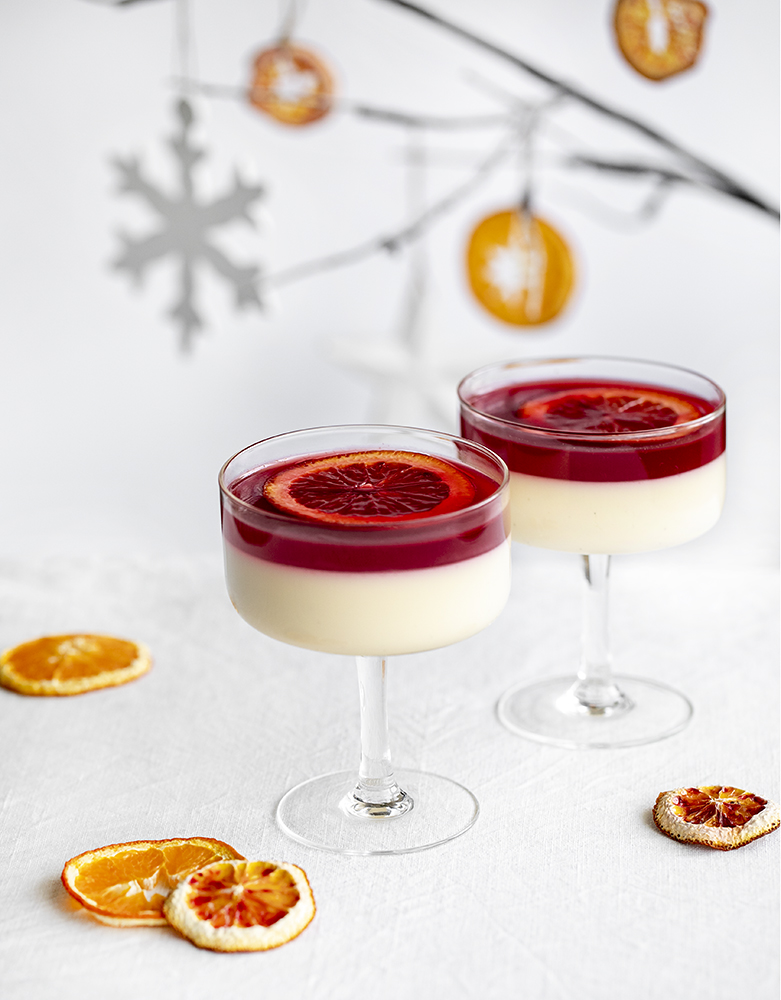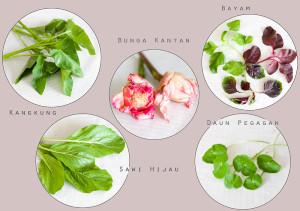
Vegetables and herbs used in Balinese cuisine with naming in English
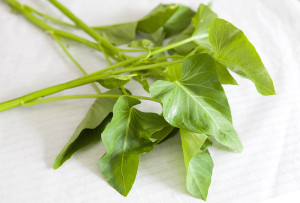
Kangkung
Kangkung is known in the English language as water spinach. It has thin, hollow stems with long, flat, arrowhead-shaped leaves. Water spinach is a most popular leafy vegetable in Bali, you can find it at all markets and warungs. Boiled or blanched, water spinach can be used for gado-gado salad, nasi pecel, sambal and as a side dish for grilled fish. All parts of the young plant are edible with the shoot tips and young leaves being the best. Kangkung or water spinach can be eaten raw or cooked. Try to add it to your Balinese fresh salad, smoothie (instead of English spinach) or vegetable stir fry.
Dark green leafy vegetables are packed with nutrients and water spinach is no exception. The leaves of water spinach are extremely nutritious, containing abundant quantities of vitamins and minerals. They are excellent sources of dietary fibre, protein, calcium, iron, vitamin A and vitamin C.
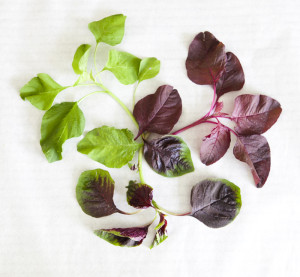
Bayam
Bayam is leaves of amaranth, second popular fresh and cheap leafy vegetable in Bali. This tropical plant has three types of leaves – green, dark red or green with red veins. Add amaranth leaves to your green salad mix. Or throw it with stems into your next stir-fry. You can also make vegan variation of famous Indian dish Palak Paneer with tofu, coconut milk, amaranth leaves and spices. Or Greek-style side dish made from boiled green leaves mixed with vinegar and olive oil. Choose relatively young bunches of the plant that don’t display any budding flowers, an indication that the plant is already too mature. If you buy the red-leafed variety, the leaves exude a blood-red juice when cooked.
Bayam is extremely rich in vitamin A, vitamin C, calcium and iron.
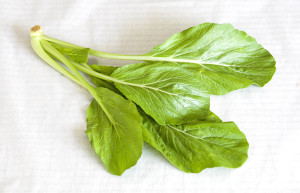
Sawi Hijau
Sawi Hijau is known as mustard leaves or chinese mustard or one of many variations of Chinese cabbage. Mustard leaves are an important ingredient in Nasi Goreng (fried rice) and Cap Cay (vegetable stir fry, popular Chinese- Indonesian dish in Bali). Use it for soups, curry or pickles.
Mustard greens are high in vitamin A and vitamin K.
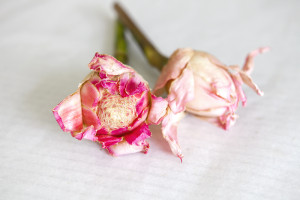
Bunga Kantan
Bunga Kantan the tropical perennial plant – part of the ginger family, known as torch ginger flower. Torch ginger waxy flower bud has an exotic, sweet, flowery flavour. It also is high in antioxidants and has antibacterial properties. When the bud is thinly sliced or shredded, it becomes a spice in many salads, sauces, and dips throughout its native home of Thailand, Malaysia, Singapore, and Indonesia. Use it for sambal Bongkot or for tropical Balinese salad with barbecued pork, banana flower, grated fresh coconut and Balinese spices. Choose fresh-looking buds without too much wilting or browning at the edges.
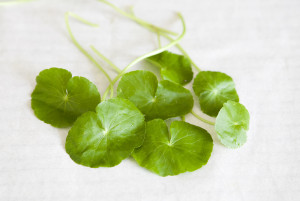
Daun Pegagan
Daun pegagan commonly known as Centella Asiatica or Gotu kola grows in tropical swampy areas. It is an annual herb native to India, Australia and Asia. Its leaves are eaten as a vegetable and it is also an important herb in the traditional medicine systems of those places. Add Gotu kola to your green salads and healthy smoothies. Gotu kola has a lot of benefits for health as relieve high blood pressure and helps the body defend against various toxins, cleanse the blood, rejuvenate your body and mind.


